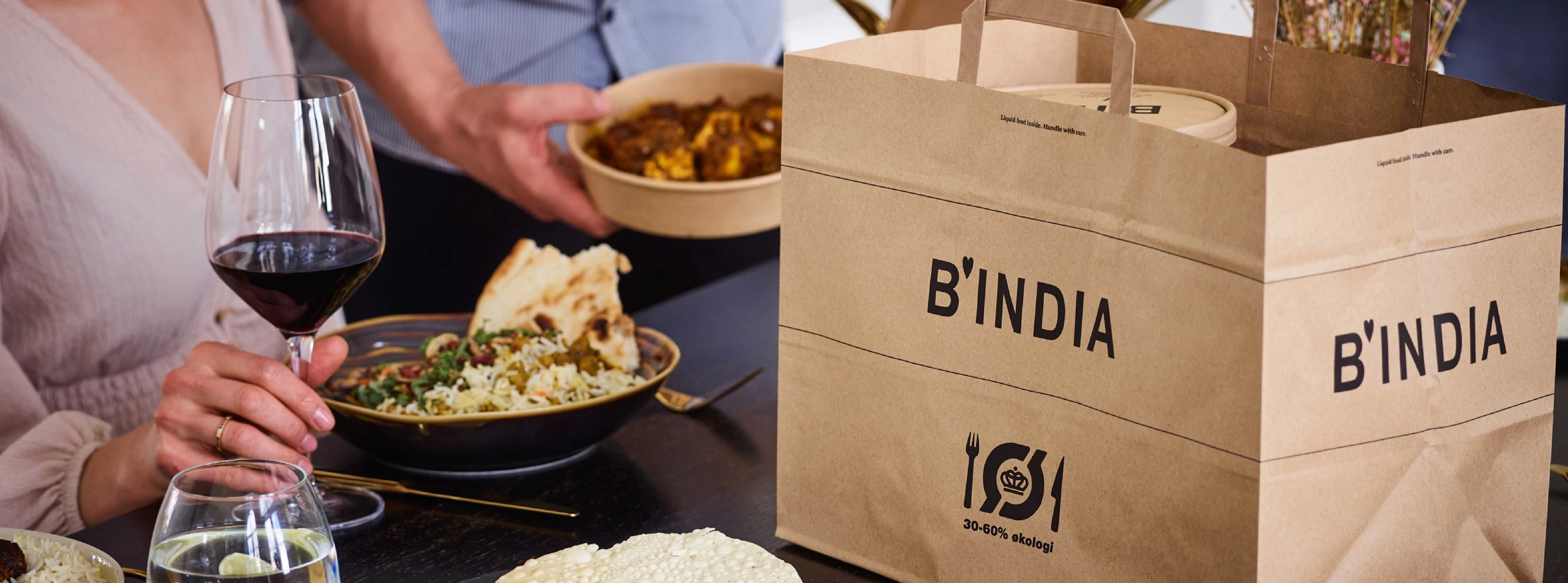
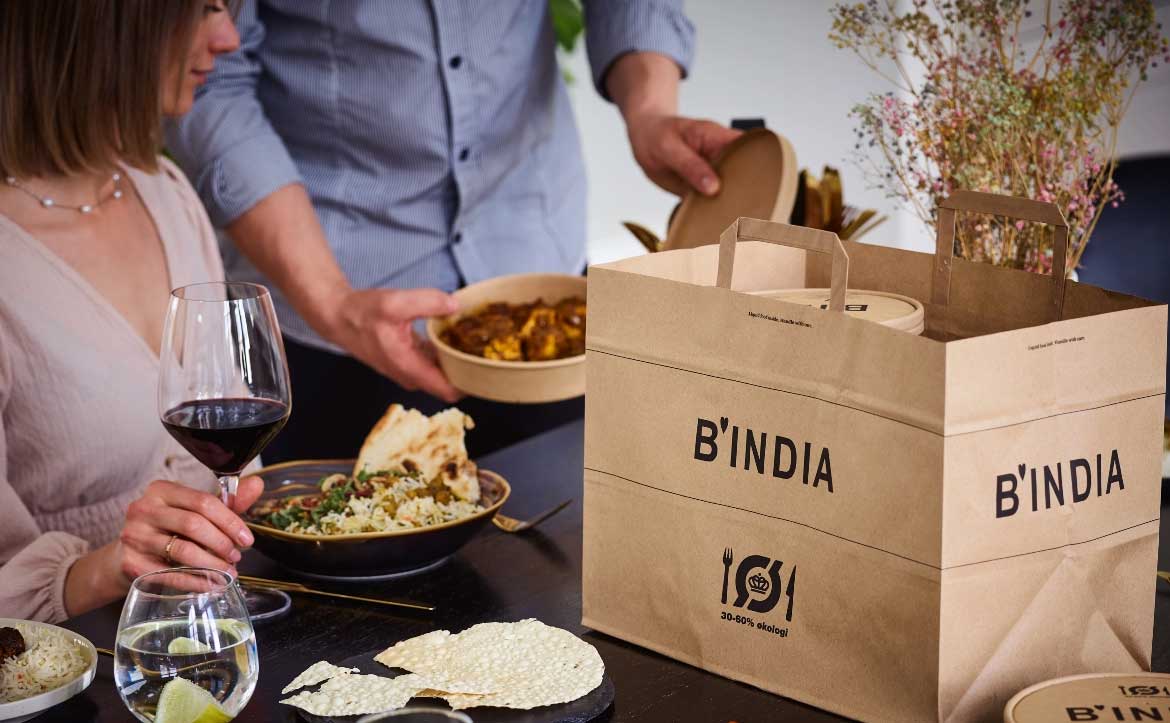
Når du besøger vores hjemmeside, indsamles der oplysninger om dig med henblik på at optimere brugeroplevelsen af hjemmesiden. Ved at bruge denne hjemmeside, giver du automatisk samtykke til vores cookiepolitik.
When you visit our website, specific data are collected to optimize the user experience of the website. By using our website, you automatically consent to our cookie policy.


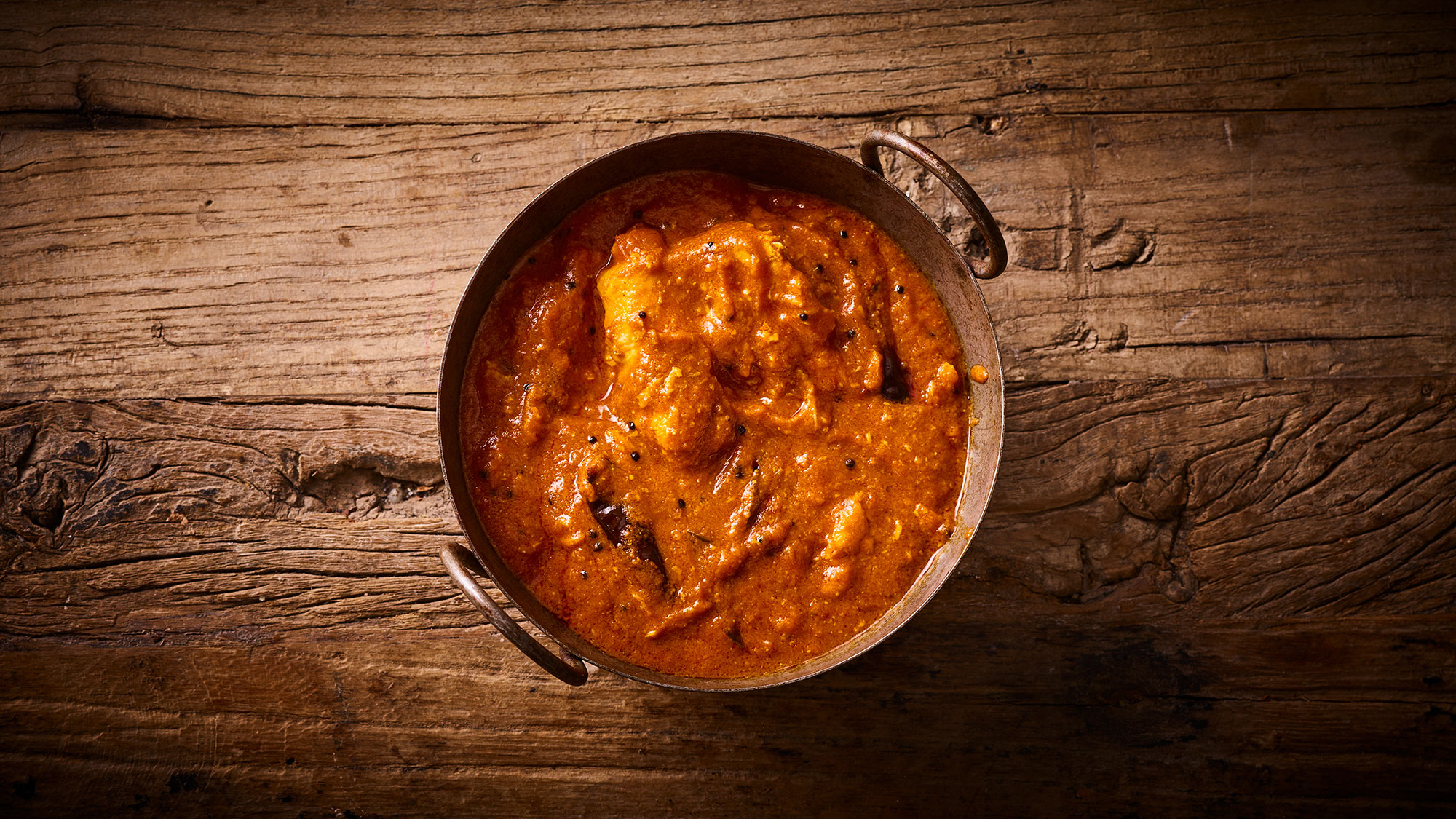

Madras : ajwain seeds, asafoetida, black pepper, chili, chopped tomatoes , coconut, coconut milk, coriander powder, cumin, curry leaves, fenugreek seeds, fried onions, garam masala, garlic, ginger , lactose free yoghurt (vegan), mustard seeds, nigella seeds, salt, tamarind, turmeric, vegetable oil, water, whole dried chili
Chicken : chicken inner fillet, chili, cumin, garam masala, garlic, ginger , lemon juice, turmeric, vegetable oil, water, yoghurt 10%
Madras : ajwain seeds, asafoetida, black pepper, chili, chopped tomatoes , coconut, coconut milk, coriander powder, cumin, curry leaves, fenugreek seeds, fried onions, garam masala, garlic, ginger , lactose free yoghurt (vegan), mustard seeds, nigella seeds, salt, tamarind, turmeric, vegetable oil, water, whole dried chili
Chicken : chicken inner fillet, chili, cumin, garam masala, garlic, ginger , lemon juice, turmeric, vegetable oil, water, yoghurt 10%
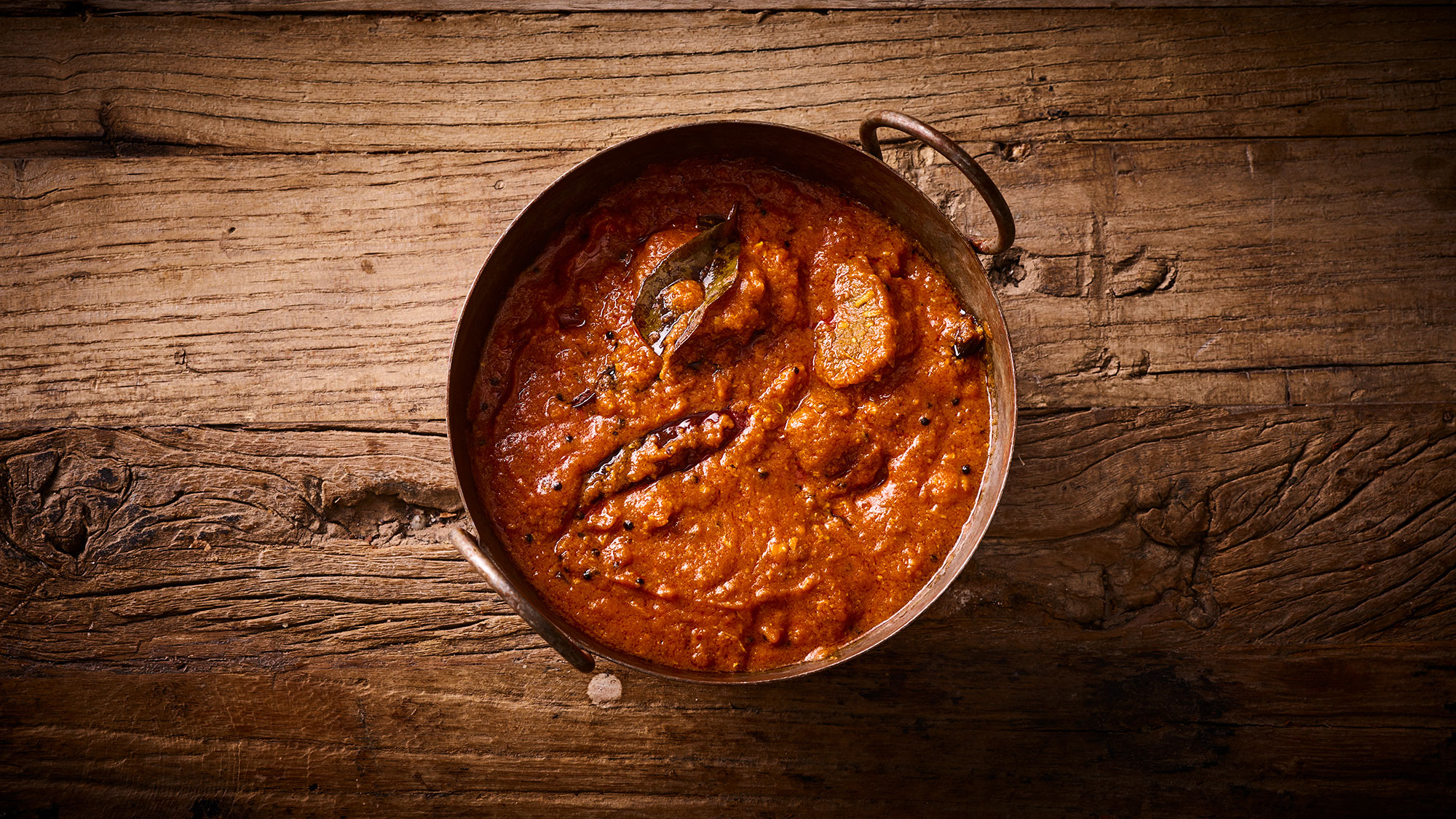

Madras : ajwain seeds, asafoetida, black pepper, chili, chopped tomatoes , coconut, coconut milk, coriander powder, cumin, curry leaves, fenugreek seeds, fried onions, garam masala, garlic, ginger , lactose free yoghurt (vegan), mustard seeds, nigella seeds, salt, tamarind, turmeric, vegetable oil, water, whole dried chili
Lamb : chili, chopped tomatoes , coriander powder, cumin, fried onions, garam masala, garlic, ginger , lactose free yoghurt (vegan), lamb legs, salt, turmeric, vegetable oil, water
Madras : ajwain seeds, asafoetida, black pepper, chili, chopped tomatoes , coconut, coconut milk, coriander powder, cumin, curry leaves, fenugreek seeds, fried onions, garam masala, garlic, ginger , lactose free yoghurt (vegan), mustard seeds, nigella seeds, salt, tamarind, turmeric, vegetable oil, water, whole dried chili
Lamb : chili, chopped tomatoes , coriander powder, cumin, fried onions, garam masala, garlic, ginger , lactose free yoghurt (vegan), lamb legs, salt, turmeric, vegetable oil, water
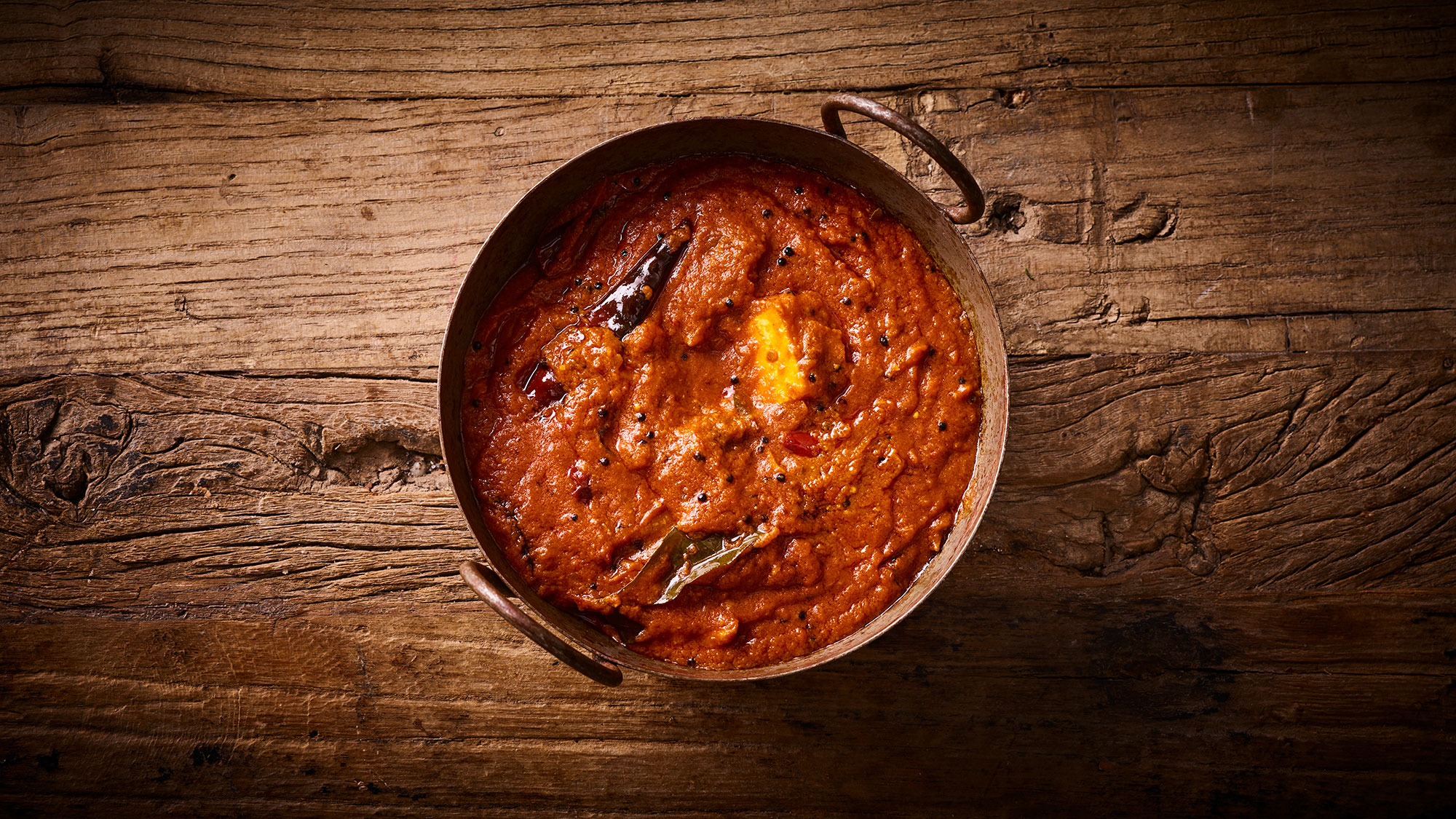


Madras : ajwain seeds, asafoetida, black pepper, chili, chopped tomatoes , coconut, coconut milk, coriander powder, cumin, curry leaves, fenugreek seeds, fried onions, garam masala, garlic, ginger , lactose free yoghurt (vegan), mustard seeds, nigella seeds, salt, tamarind, turmeric, vegetable oil, water, whole dried chili
Paneer : acetic acid, may contain traces of nuts, pasteurized milk
Madras : ajwain seeds, asafoetida, black pepper, chili, chopped tomatoes , coconut, coconut milk, coriander powder, cumin, curry leaves, fenugreek seeds, fried onions, garam masala, garlic, ginger , lactose free yoghurt (vegan), mustard seeds, nigella seeds, salt, tamarind, turmeric, vegetable oil, water, whole dried chili
Paneer : acetic acid, may contain traces of nuts, pasteurized milk
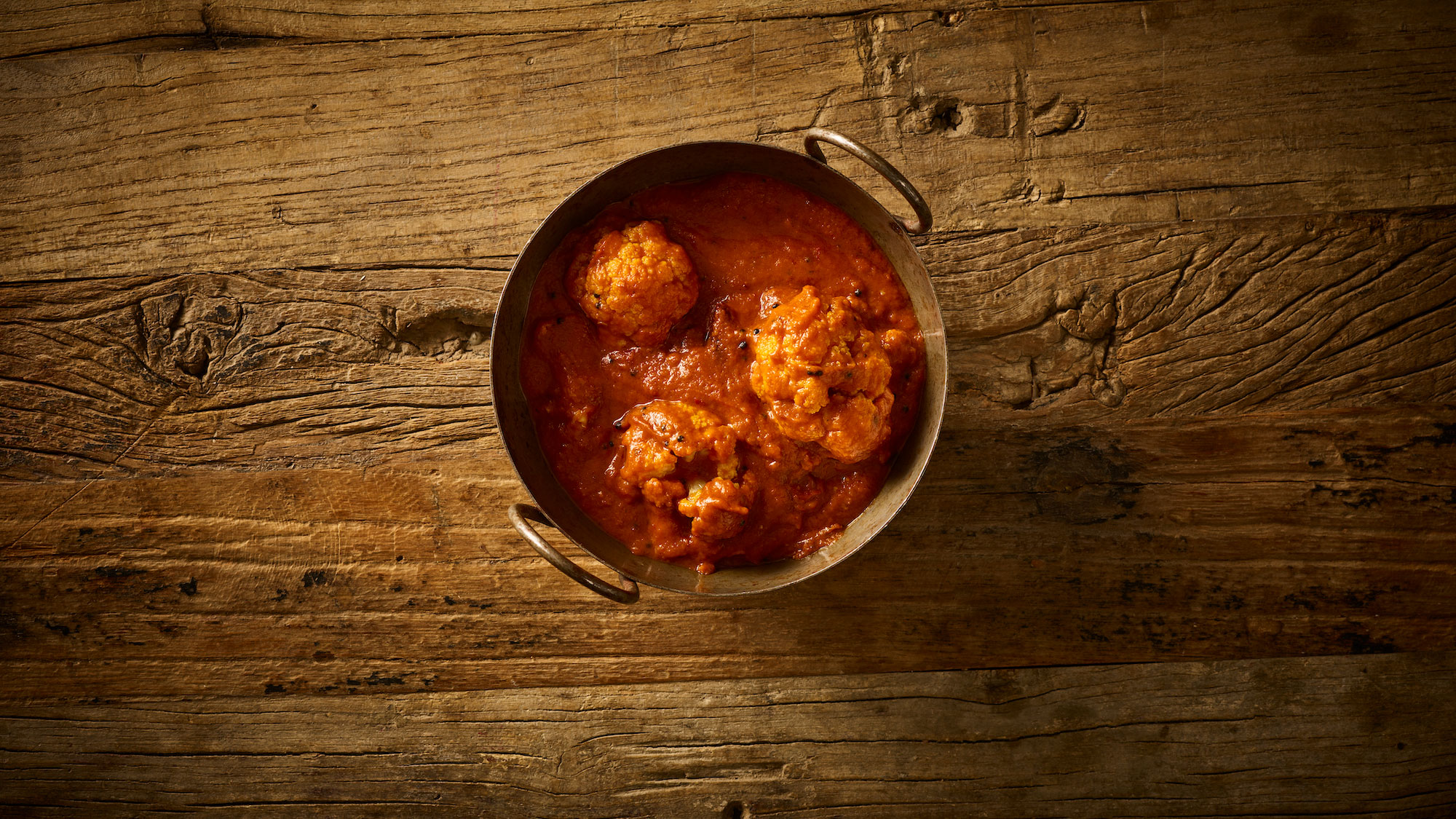

Madras : ajwain seeds, asafoetida, black pepper, chili, chopped tomatoes , coconut, coconut milk, coriander powder, cumin, curry leaves, fenugreek seeds, fried onions, garam masala, garlic, ginger , lactose free yoghurt (vegan), mustard seeds, nigella seeds, salt, tamarind, turmeric, vegetable oil, water, whole dried chili
Cauliflower : cauliflower, vegetable oil
Madras : ajwain seeds, asafoetida, black pepper, chili, chopped tomatoes , coconut, coconut milk, coriander powder, cumin, curry leaves, fenugreek seeds, fried onions, garam masala, garlic, ginger , lactose free yoghurt (vegan), mustard seeds, nigella seeds, salt, tamarind, turmeric, vegetable oil, water, whole dried chili
Cauliflower : cauliflower, vegetable oil
Bindia’s Madras is our head chef’s spciy tribute to Southern India – and the healthiest thing on the menu.
It owes its name to its place of origin, namely the South Indian metropolis of Madras, today also known as Chennai. According to the legend, this dish received its name when English merchants visited the city in 1640.
In Southern India, you typically eat much more spicy food than in the North. That’s why the Madras curry is much hotter than our North Indian curries like our Korma and Butter Curry. In fact, the Madras curry is the strongest one in our menu.
In several South Indian states, there are many religious communities that don’t eat meat or other animal products. The most ‘restrictive’ diet is likely in Jainism where even root vegetables are prohibited.
Even though it’s far from the majority that belongs to this religious minority, their ancient precepts have had a significant influence on many regional kitchens. Therefore, the South Indian kitchen focuses heavily on ingredients like tomato, coconut, tamarind, mustard seeds, mustard leaves, and, not least, curry leaves, which, despite the name, are not directly related to curry powder.
Curry leaves give the food notes of lime, citrus, and basil, yet they are at least as known for their healing properties. These leaves are, among other things, rich in several vitamins as well as iron and calcium. That’s why they are used in Ayurvedic medicine in the treatment of a host of illnesses.
The curry tree is nicknamed “the sweet Neem”, referring to the neem tree, which has a very central and almost sacred role in Ayurveda. Everything from the leaves, seeds, fruits, flowers, roots, and bark of the neem tree is used in Ayurveda for the treatment of a host of illnesses. As a consequence, this tree has in recent times become the focal point of modern medicine and more than 140 compounds have since been isolated from all parts of this amazing tree. While the neem tree holds an array of remedies, its leaves are generally considered too bitter for cooking. The leaves of the curry tree, on the other hand, are both applicable in cooking and preventive medicine – hence the name “the Sweet Neem”.
“My mother’s father was an Ayurvedic doctor”, says Bindia’s founder and head chef. “His treatments were always based on the customization of one’s diet.” The culinary philosophy of Bindia, therefore, rests on a profound respect and understanding of Ayurveda and the influence of food on one’s health and wellbeing.
”I’m very inspired by the South Indian kitchen and its vegetarian focus, and I have great respect for the culture and particularly ingredients like coconut, tomato, curry leaves, and tamarind. The taste as well as the nutrition encapsulated in these ingredients and dishes is quite exciting”, says the head chef.